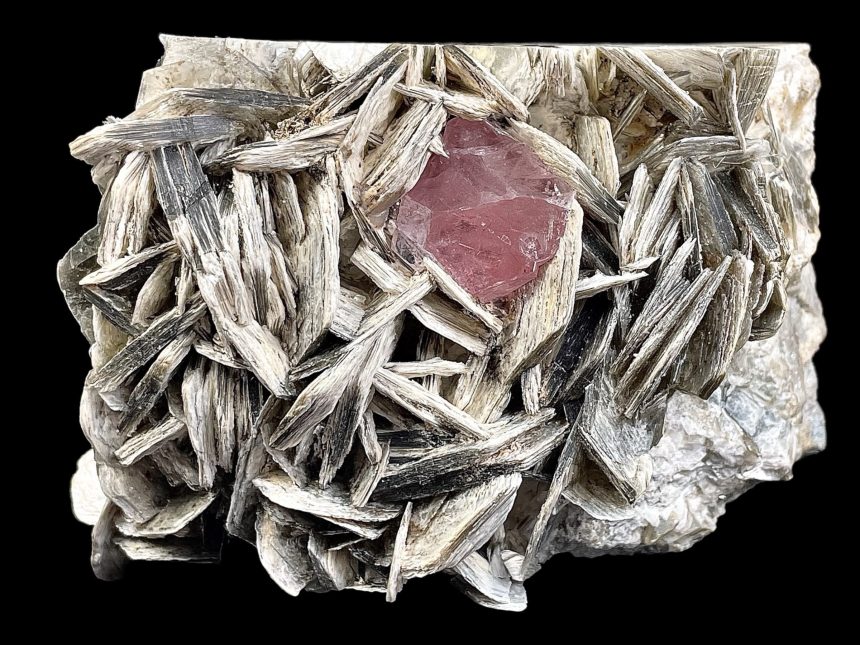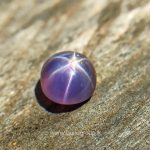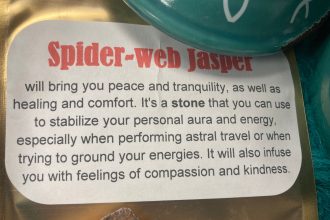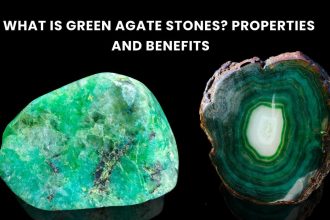Muscovite, also known as muscovite mica, is a type of mica mineral commonly found in sheets of hexagonal crystals. It is an important rock-forming mineral because of its very low thermal expansion rate, which is the rate at which the crystal structure of mineral expands or contracts with changes in temperature. Additionally, it is known for its high electrical insulation, dielectric strength, and energy dissipation. Muscovite is a sought after gemstone due to its wide array of beautiful colors and interesting properties.
Muscovite can be found in various colors, including gray, green, yellow, white and lavender. The gemstone is often used to make jewelry and decorations. It is most commonly found in nature as large white sheets that measure 3 to 4 feet in size, but can also be mined as small flakes and tiny pieces. The size and color of the Muscovite affects its price. Larger pieces are more valuable, as are particularly colorful specimens.
The prices of Muscovite can range from around $2 per gram for transparent pieces with minimal color up to $10 per gram for highly colorful pieces that display a wide array of colors. The price also depends on the clarity of the stone and its application; gemstones of higher clarity and with fewer inclusions are more expensive than those with more inclusions. In general, the price of the gemstone is determined by its size, quality and color.
Muscovite is a beautiful and interesting gemstone that can be used for jewelry, decorative pieces, and even as a mineral sample. Its wide array of colors, interesting properties, and reasonable price make it a popular choice amongst jewelers and hobbyists. Whether you are searching for a larger, colorful piece of Muscovite or a smaller piece with a more subtle color palette, this gemstone has something to offer for just about everyone.
- Advertisement -
What is Muscovite?
Muscovite is a potassium aluminum mica. It’s a member of the mica family and has a Mohs hardness of 2-2.5. Muscovite can be transparent to opaque and is available in many colors, although the most common are black, brown, green, and white. Muscovite has a vitreous to pearly luster and a conchoidal to uneven fracture. It’s most often found in pegmatites, metamorphic rocks, and sedimentary rocks. The name muscovite comes from Muscovy glass, which is a type of window glass that was once made in Russia.
- Advertisement -
Muscovite Value
The international gemstone markets classify muscovite as a semi-precious stone. This means that muscovite is not as valuable as a precious stone such as diamond, sapphire, or emerald. However, muscovite can still be quite valuable and is sought after by many gemstone collectors. The value of a muscovite gemstone is determined by its color, clarity, cut, and carat weight. The rarer the color, the more valuable the gemstone. For example, red muscovite is much rarer than green muscovite and is therefore more valuable. Muscovite gemstones with a high degree of transparency are also more valuable than opaque muscovite gemstones. The cut of a muscovite gemstone also affects its value. A well-cut muscovite gemstone will have a smooth, even surface with no rough or cracked edges. The carat weight of a muscovite gemstone also affects its value. A muscovite gemstone that is one carat or larger is more valuable than a muscovite gemstone that is less than one carat.
Muscovite Price
The price of a muscovite gemstone is determined by its quality and carat weight. The higher the quality of the gemstone, the higher the price. The larger the carat weight of the gemstone, the higher the price. Muscovite gemstones are typically priced $10-$100 per carat.
Muscovite Colors
Muscovite gemstones are available in a wide variety of colors. The most common colors are black, brown, green, and white. Other colors include blue, pink, purple, red, and yellow. The color of a muscovite gemstone is determined by its chemical composition. For example, blue muscovite contains iron and is believed to have a calming effect on the wearer. Pink muscovite contains manganese and is believed to have a soothing effect on the wearer. Red muscovite contains chromium and is believed to have a stimulating effect on the wearer.















